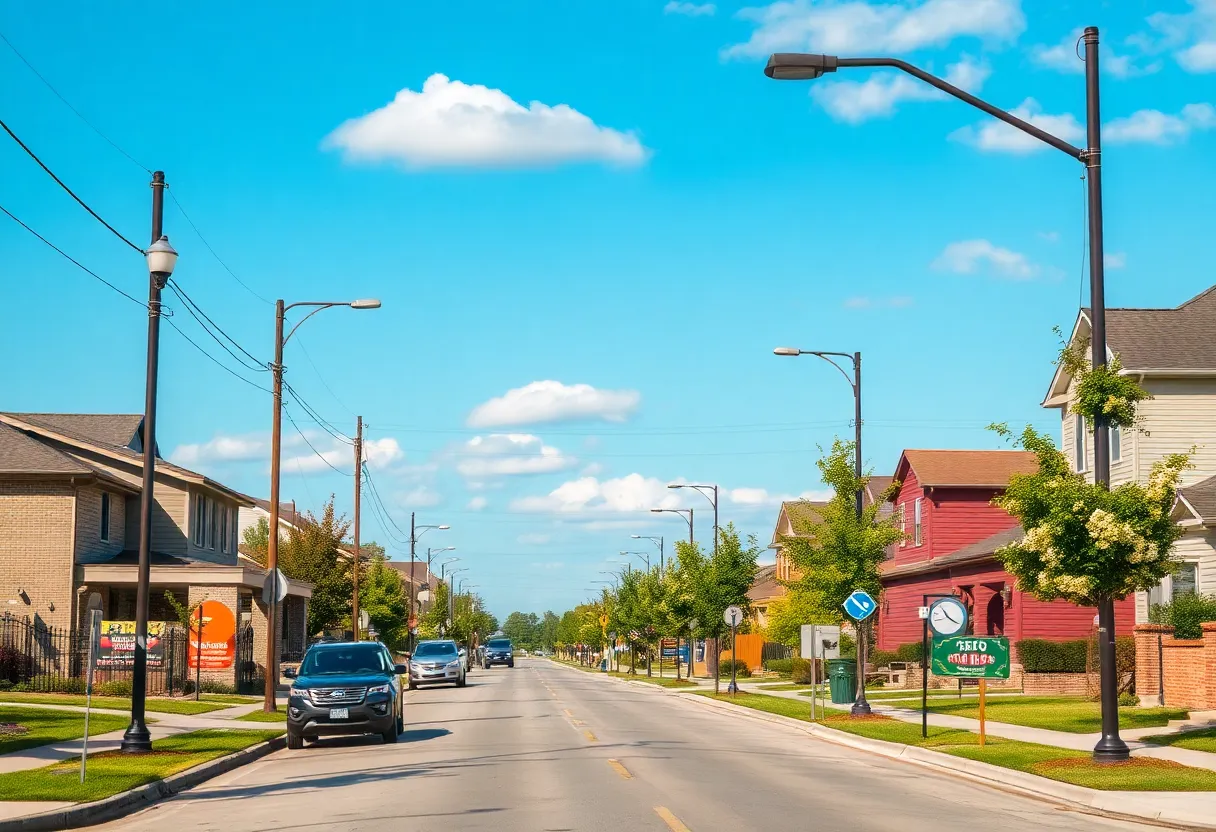10 Neighborhood Features Every First-Time Homebuyer Should Consider
Purchasing a home represents a significant investment, especially for those embarking on their first real estate journey. Beyond the property itself, the neighborhood plays a vital role in ensuring long-term satisfaction and value. First-time homebuyers must evaluate key features that influence quality of life, safety, and future growth potential. This guide explores 10 essential neighborhood features that every first-time buyer should consider before making a commitment.
1. Safety and Crime Rates
Safety is paramount when selecting a neighborhood. Low crime rates correlate with higher living standards and peace of mind. Statistically, neighborhoods with active police presence and community engagement tend to report fewer incidents. Investigate local crime statistics, speak with residents, and visit at different times of day to gauge security levels. A safe environment supports both personal well-being and property value retention.
2. Proximity to Essential Amenities
Healthcare Facilities
Access to quality healthcare services, including hospitals and clinics, is critical. Proximity reduces emergency response times and fosters routine health management.
Grocery Stores and Retail
Living near grocery stores, pharmacies, and essential retailers enhances convenience. A well-served neighborhood reduces daily travel time and sustains a lifestyle of convenience.
Educational Institutions
Good schools influence property values and provide educational opportunities. Areas with highly-rated public schools are particularly attractive to families and often see sustained demand.
3. Transportation Options
A neighborhood with multiple transportation alternatives provides flexibility and reduces reliance on personal vehicles. Assess access to public transit, bike lanes, and walkability. Efficient transit options can save time, lower commuting costs, and encourage environmentally friendly lifestyles.
Public Transit
Proximity to bus routes, train stations, or subways enhances connectivity, especially for commuting to urban centers or workplaces farther away.
Walkability and Bike Paths
Walkable neighborhoods promote healthier lifestyles and offer convenience for daily errands. Check for features like sidewalks, pedestrian crossings, and dedicated bike lanes.
4. Neighborhood Demographics and Community Environment
Understanding the community’s demographic profile helps evaluate cultural fit and future development trends. Determine if the neighborhood aligns with your lifestyle and if it fosters a sense of belonging. Active community organizations, local events, and neighborhood associations signal a vibrant, engaged populace.
Additionally, consider age distribution, family sizes, and income levels to predict neighborhood stability and cohesiveness.
5. Future Development and Growth Potential
Assess the neighborhood’s development prospects. Areas with planned infrastructure enhancements, commercial centers, or zoning changes often appreciate faster. Investigate local municipal plans and speak with city planners for insights into upcoming projects.
Growing neighborhoods typically see an increase in property values, ensuring a good return on investment for first-time buyers considering long-term residence or future sale.
6. Neighborhood Aesthetics and Maintenance
The visual appeal and upkeep of a neighborhood influence overall satisfaction and property values. Well-maintained landscaping, clean streets, and aesthetically consistent architecture create positive impressions. Look for signs of active neighborhood upkeep, such as community clean-up events or homeowner associations.
Visiting the neighborhood multiple times can reveal the overall maintenance vibe and residents’ pride of ownership.
7. Local Schools and Educational Resources
While not directly related to neighborhood safety, strong schools contribute to property desirability. Even if not planning to send children to school immediately, good schools tend to preserve home values and support neighborhood stability. Review school district ratings, extracurricular offerings, and parent feedback to assess educational quality.
8. Noise Levels and Pollution
Environmental factors significantly impact quality of life. High noise levels from traffic, nightlife, or industrial activity can be disruptive. Similarly, air and water pollution levels affect health and comfort. Visit the neighborhood at different times and check environmental reports or air quality indices to evaluate these concerns.
Prioritize areas with a balance of urban amenities and natural tranquility to ensure a peaceful living environment.
9. Property Values and Market Trends
Investigate recent sale prices and market trajectory for homes within your target neighborhood. Consistent appreciation indicates market stability. Conversely, declining values or stagnation may raise concerns about future growth.
Study neighborhood comparables and consult with real estate professionals to understand local market dynamics and risks.
10. Local Regulations and Zoning Laws
Understanding local zoning laws helps anticipate how properties can be modified or expanded. Restrictions on renovations, home additions, or business activities can affect future plans. Check with city zoning offices or homeowner associations for clarity on permitted uses and community guidelines.
An area with flexible and clear zoning regulations provides homeowners with greater control over property enhancements and adaptations.
Conclusion
Every first-time homebuyer should undertake thorough research focused on these 10 neighborhood features. While the property’s condition and price are crucial, the surrounding environment ultimately impacts daily life and long-term investment. Prioritizing safety, amenities, transportation, community, and growth potential will help secure a home that aligns with your lifestyle and financial goals. A methodical approach grounded in these core factors will facilitate informed decision-making and foster satisfaction with your first home.
Author: STAFF HERE INDIANAPOLIS WRITER
The INDIANAPOLIS STAFF WRITER represents the experienced team at HEREIndianapolis.com, your go-to source for actionable local news and information in Indianapolis, Marion County, and beyond. Specializing in "news you can use," we cover essential topics like product reviews for personal and business needs, local business directories, politics, real estate trends, neighborhood insights, and state news affecting the area—with deep expertise drawn from years of dedicated reporting and strong community input, including local press releases and business updates. We deliver top reporting on high-value events such as the Indianapolis 500, Indy Jazz Fest, and the Indiana State Fair. Our coverage extends to key organizations like the Indy Chamber and Visit Indy, plus leading businesses in motorsports and healthcare that power the local economy such as Indianapolis Motor Speedway and IU Health. As part of the broader HERE network, we provide comprehensive, credible insights into Indiana's dynamic landscape.





